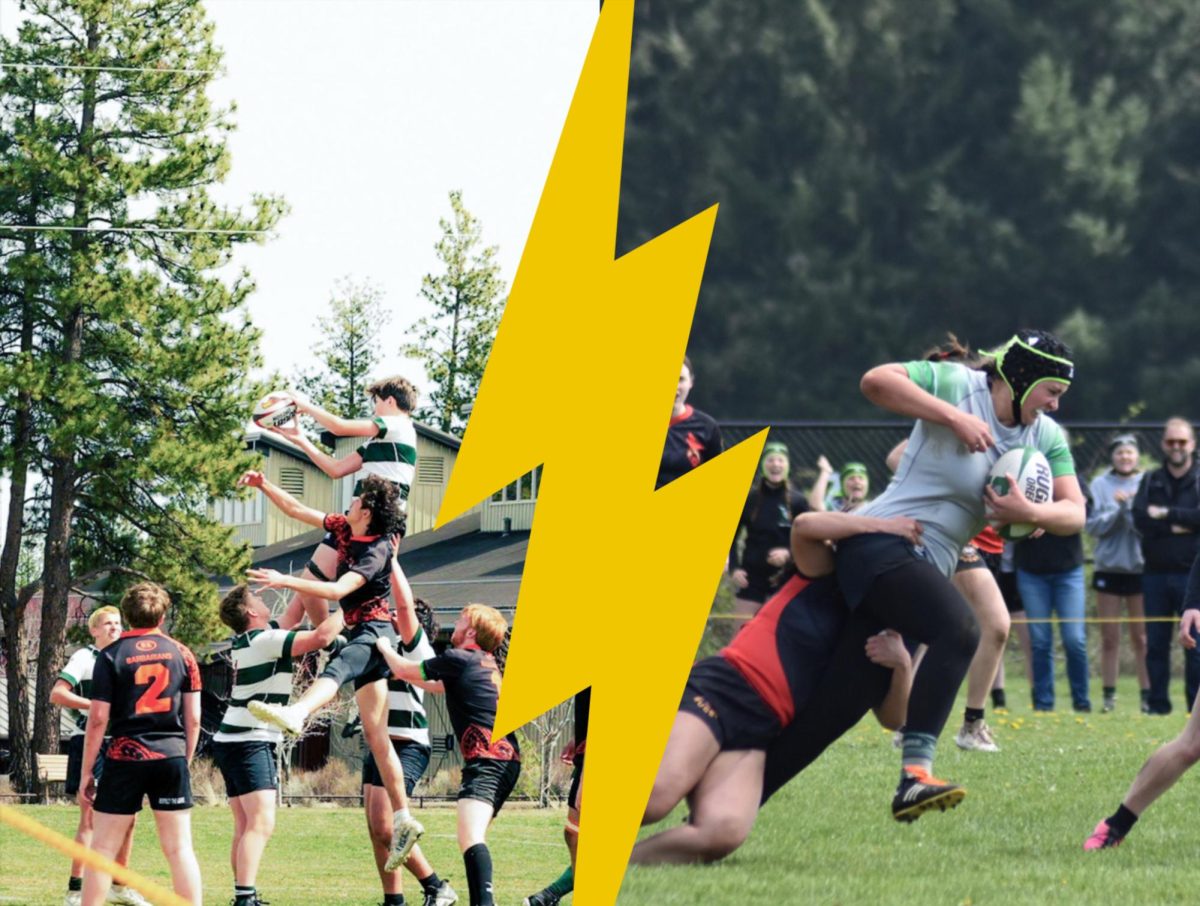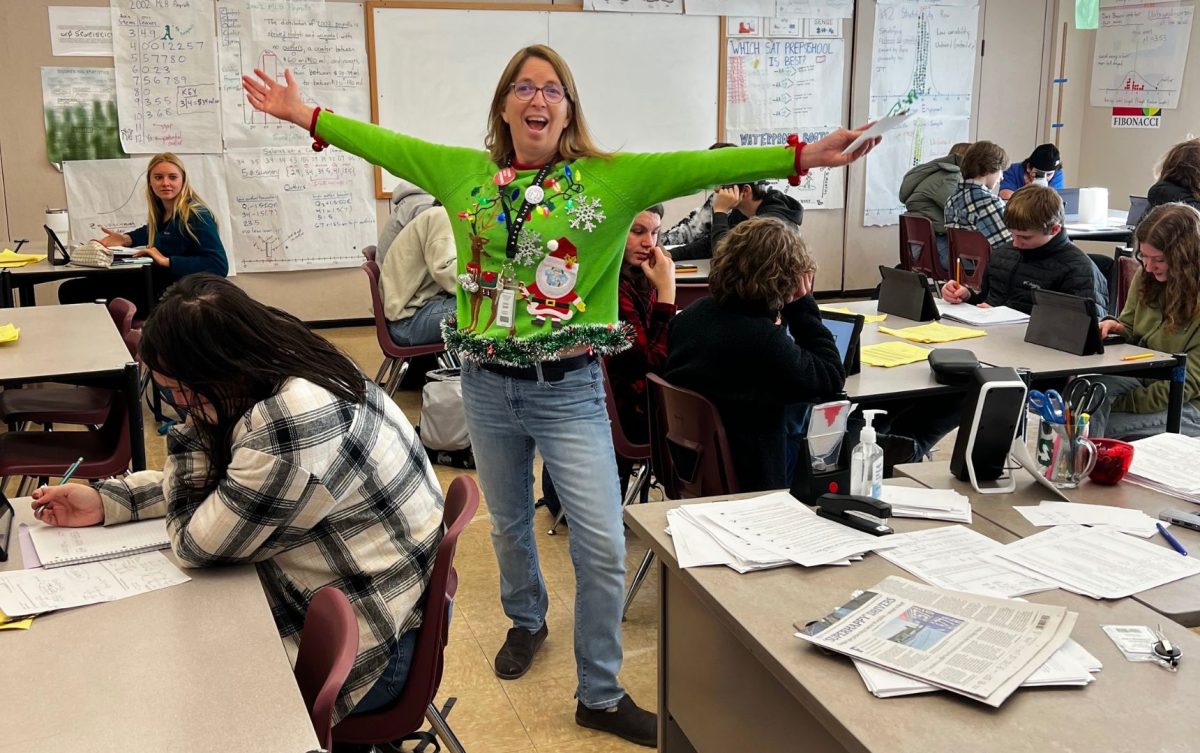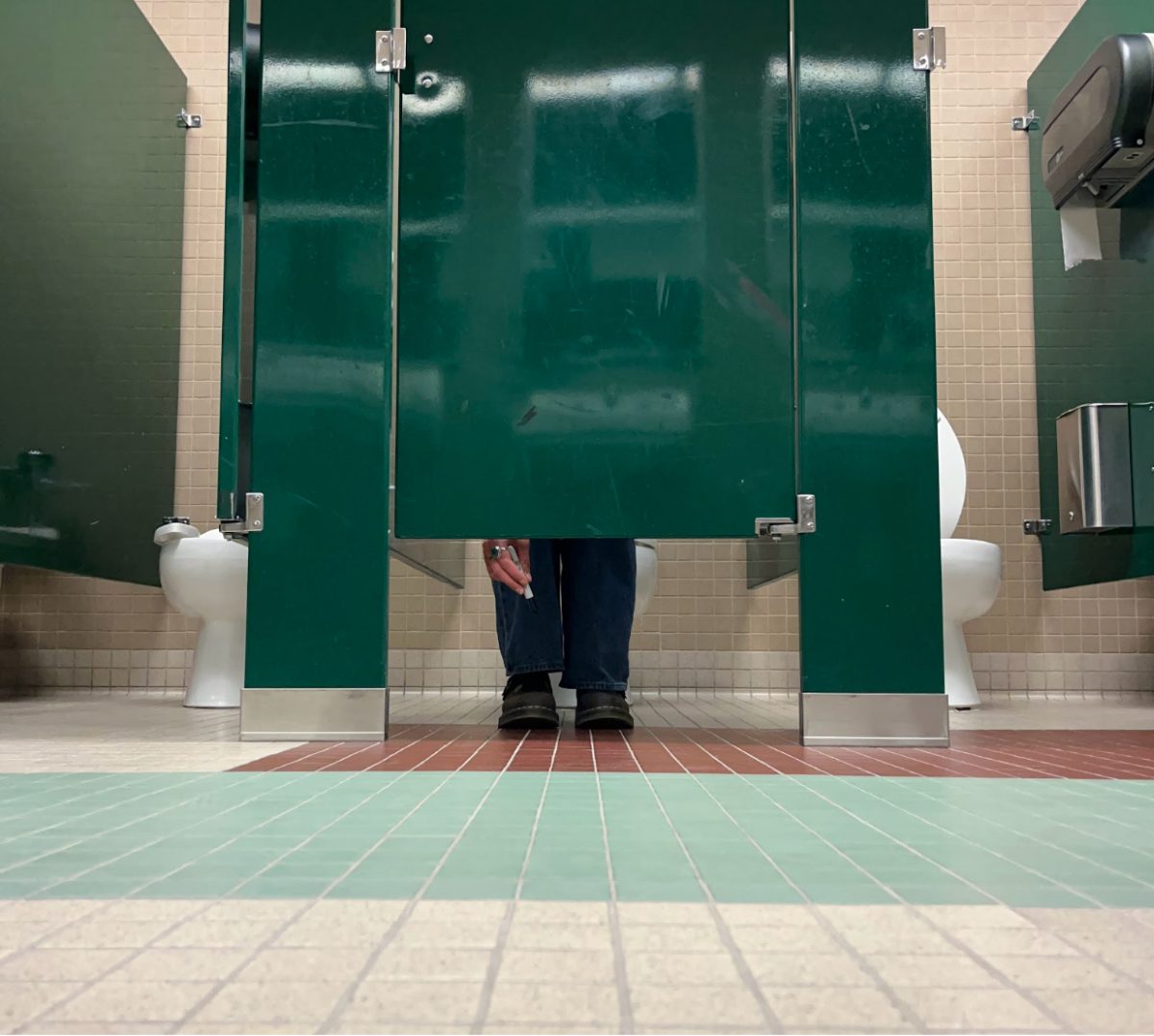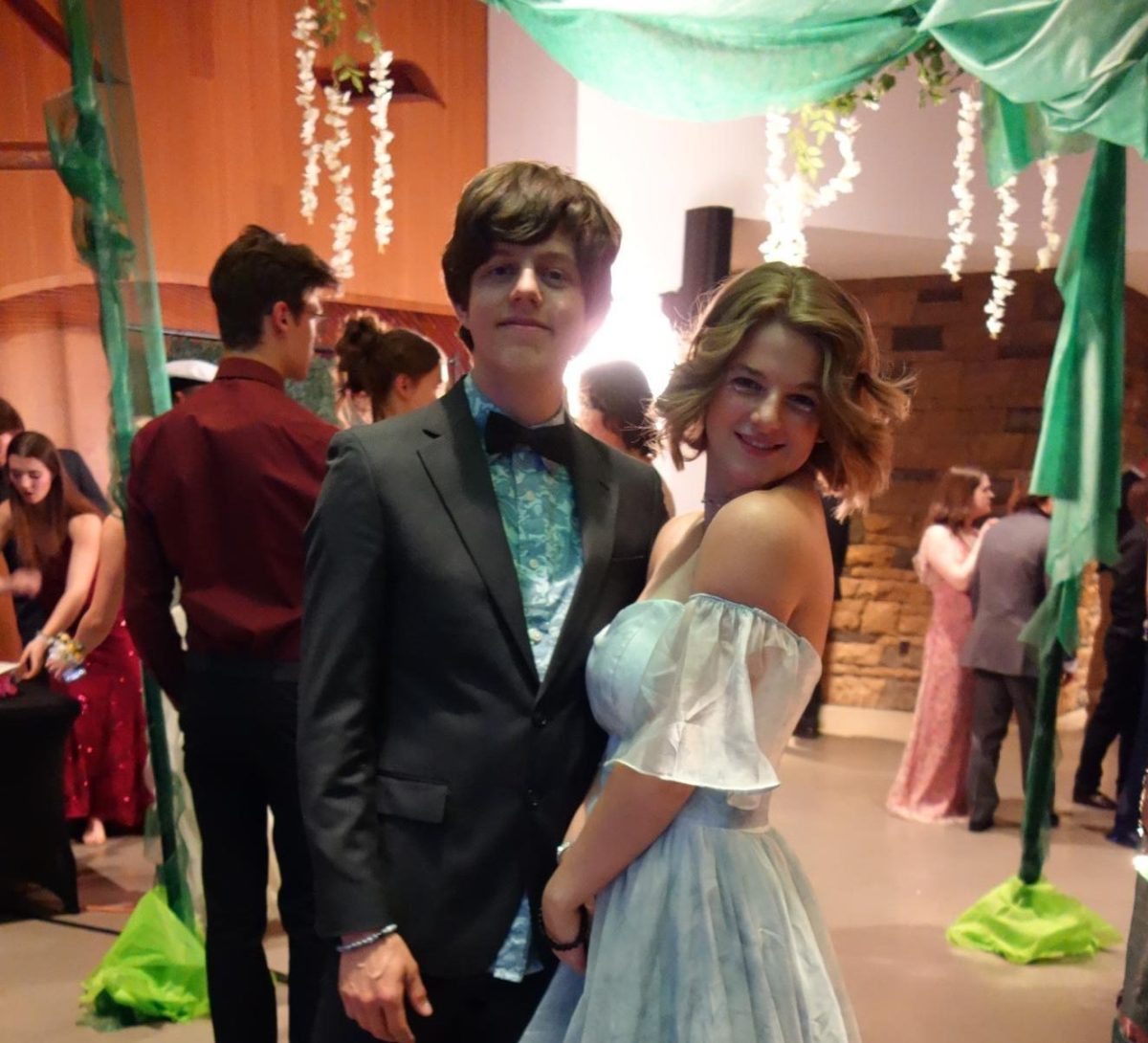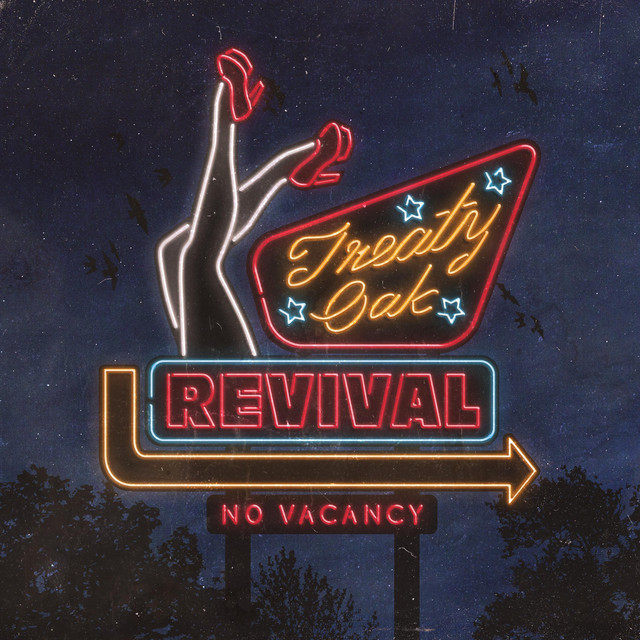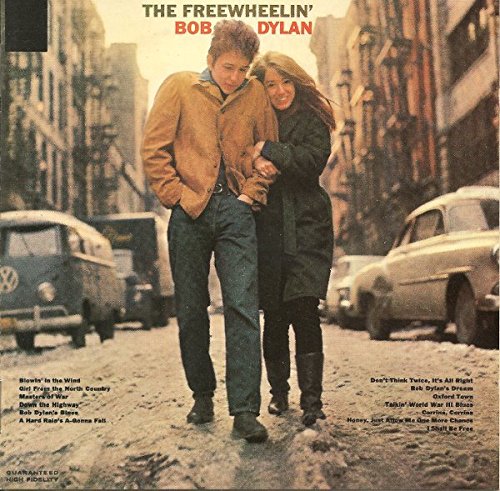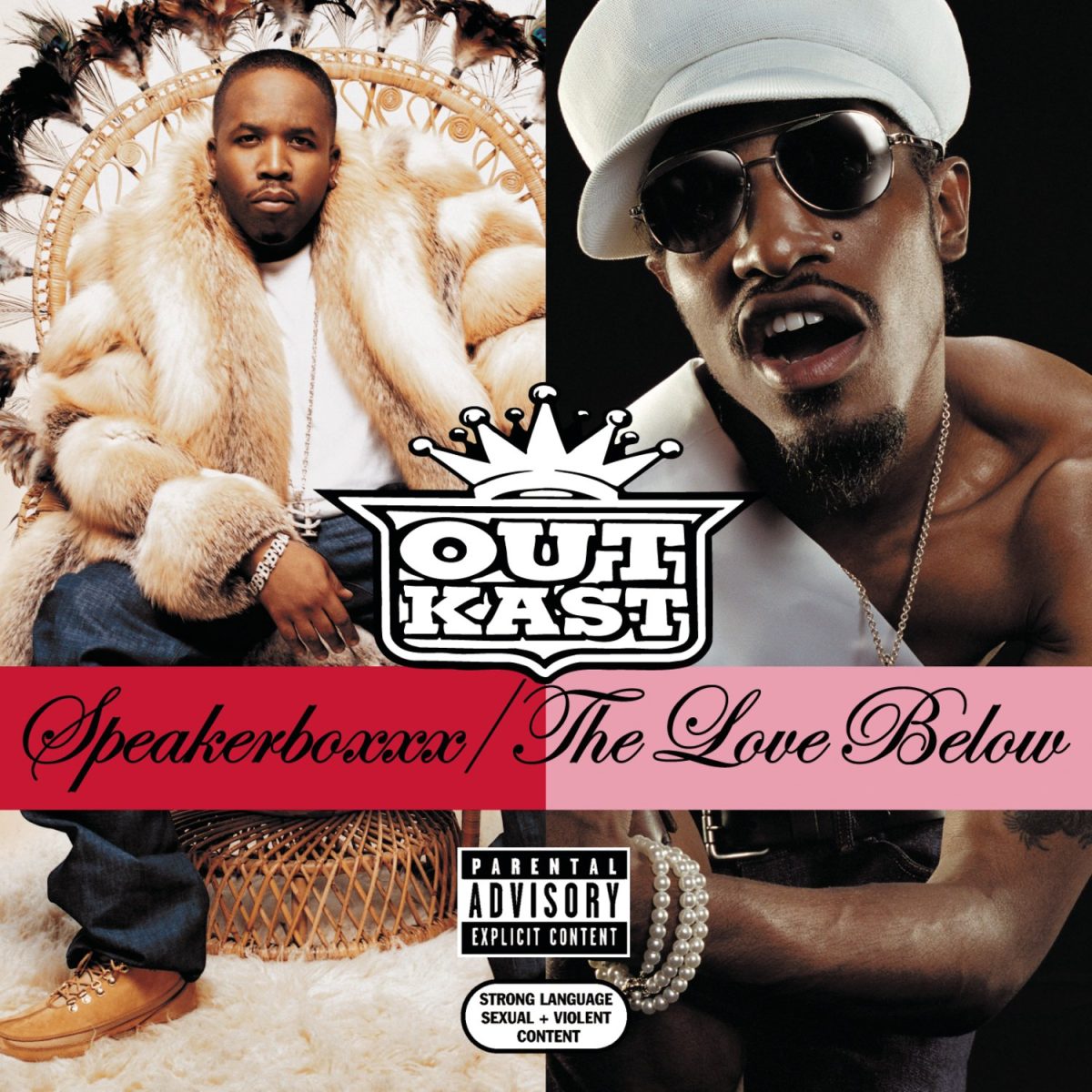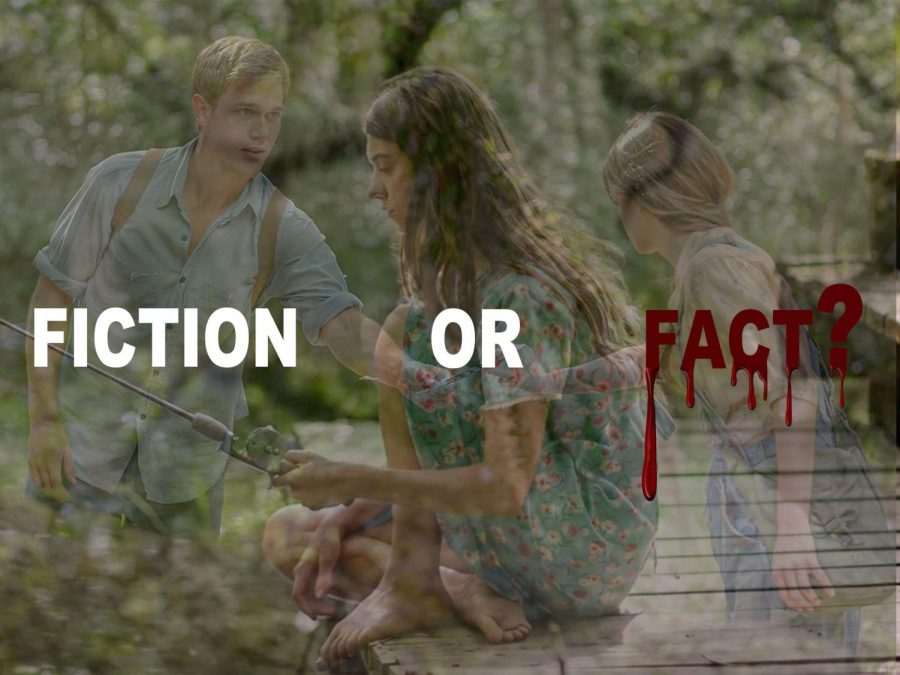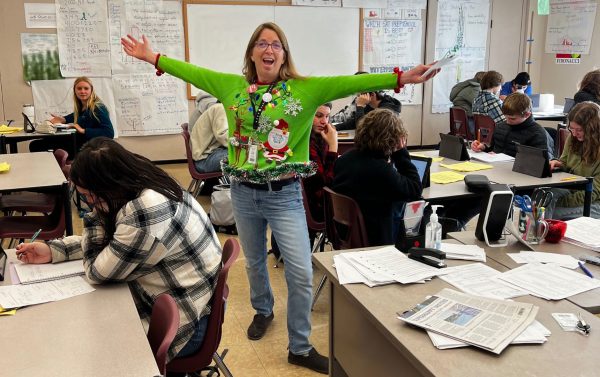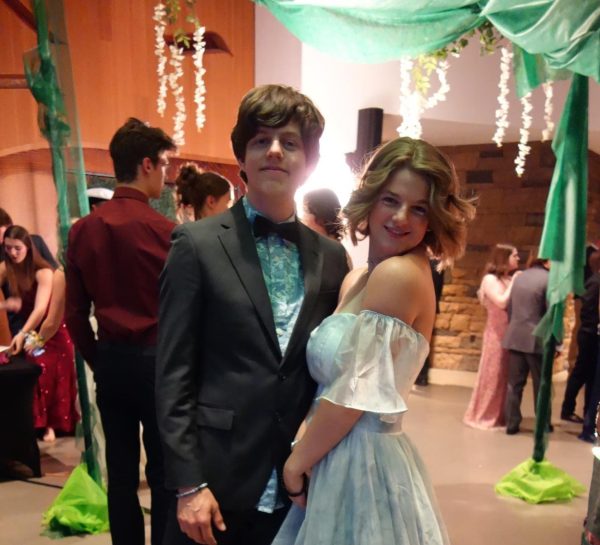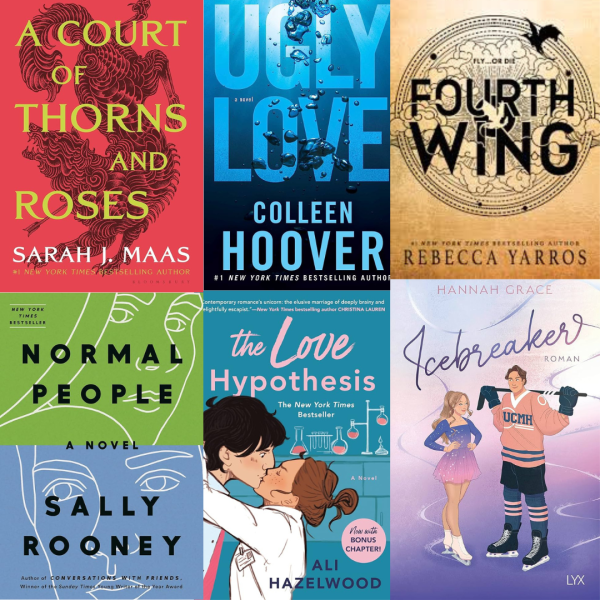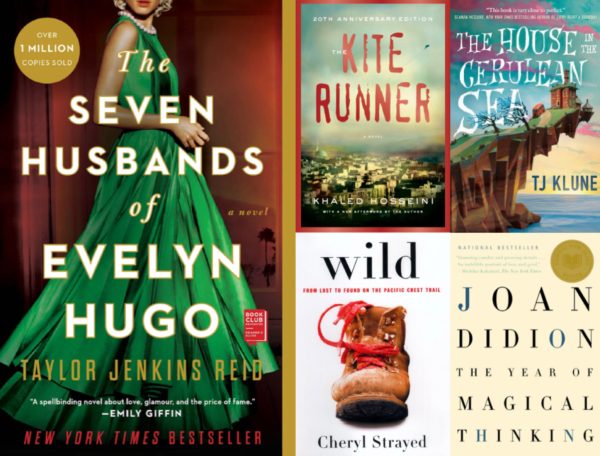Where The Crawdads Sing Killed… and So Did Author Delia Owens?
Amongst an incredibly successful book and movie release, the Owenses have somehow evaded murder charges in Africa
Set in the humid and overgrown swamps of North Carolina, bookworms fell in love with “Where The Crawdads Sing” by Delia Owens. An immediate bestseller after its release in 2018, this book stayed on the New York Times’ Bestseller List for over 3 years. In this critically acclaimed novel, readers follow Kya Clark, played by Daisy Edgar-Jones, a young girl who raised herself in the outskirts of fictional town Barkley Cove.
The novel’s immense popularity caught the attention of Reece Witherspoon, a book enthusiast, producer and actor everyone loved in “Legally Blonde.” Witherspoon advocated for the book’s transition into film, producing the entire movie start to finish.
Both the book and film accurately bounce between timelines, depicting Clark’s childhood alone in the swamp as well as the present, where she is being tried for the murder of former lover Chase Andrews. Although filmed in the bayou of New Orleans, and not in North Carolina, the scenes displayed match the book’s description perfectly, eerie and lonely yet fascinating and beautiful. Edgar-Jones, also known for her appearance in “Normal People,” another bestselling novel, brings Clark to life, capturing her passion for the swamp and its various flora and fauna.
A major adaptation flaw in the movie occurs within Clark’s obsession for wildlife. In the novel, Clark is fascinated by the mating patterns of swamp insects, specifically spiders, beetles, and crickets. This is not touched on at all throughout the film. Although this shortcoming may seem miniscule, it greatly explains her court case (spoiler: she’s guilty).
Because Clark grew up alone and away from town, she was never shown an example of normal romantic relationships. She turned to all she had–the swamp–and connected to female insects who often kill their mate after reproduction. Although much more goes into her reasoning behind Andrews’ murder, this simple detail brings necessary insight to Clark’s character as well as the crime itself.
As this book and movie got an incomprehensible amount of attention, so did the author. Years prior to “Where The Crawdads Sing,” Mrs. Owens and her husband, Mark Owens, co-wrote educational books about wildlife in Africa, a parallel to main character Clark who wrote and illustrated multiple books about various plants and animals in North Carolina. Titles such as “Cries of the Kalahari,” “Secrets of the Savannah,” and “The Eye of the Elephant” earned the couple a Turning Point documentary.
“Deadly Game: The Mark and Delia Owens Story” was released in 1996 and barely earned itself an IMDB page. The documentary was filmed in Zambia, Africa and was meant to further educate the public on the endangered species found in the area.
Although not a “hit” by any means, journalists have been commenting on a particular, gruesome scene since the documentary’s original release. Even though this incident occurred decades ago, the book’s rapid popularity has brought it back to life. Left in by ABC producers, the scene depicts a man, which the Owenses and directors claim to be a trespassing poacher, lying already shot and bleeding on the ground.
According to Atlantic journalist Jeffery Goldberg, the Owenses were made suspects and left Africa immediately after the documentary release as (unsurprisingly) the Zambian police had started an investigation. Conspiracy theorists and others on social media believe ABC should be questioned as well, especially the directors and cinematographers of the film. If that doesn’t scream guilty itself, a letter from Mr. Owens to a professional hunter states, “Two poachers have been killed and one wounded that I know of thus far, and we are just getting warmed up,” which was also discovered by Goldberg.
Today, both Mrs. and Mr. Owens walk free– although an investigation continues to be underway, almost 30 years later. The couple is now divorced, possibly due to stress caused by this case.
After learning of this event, it’s impossible to ignore the overlap between Mrs. Owens and the character she created, Kya Clark. Both are incredibly passionate about wildlife, drawing and writing about endangered landscapes, like Zambia and North Carolina. Although Clark herself is not painted as an activist, she becomes very upset when developers walk around her home, planning various new neighborhoods and stores. A major similarity could also be seen through their similar murder cases. Clark chose to kill Andrews after she was sexually assaulted, whereas Mrs. Owens may have murdered a possible poacher for harming endangered animals. In both cases, the women acted in order to protect something they deeply care for.
In an Amazon interview, Mr. Owens even states “Almost every part of the book has some deeper meaning,” leaving much to be interpreted by readers and investigators alike.

On an average day, you can find Bayla Orton procrastinating cleaning her room as well as writing her extremely well-planned college essay. She either smells like chlorine or pastries (often both) after...








